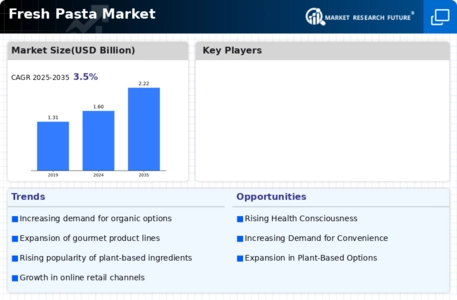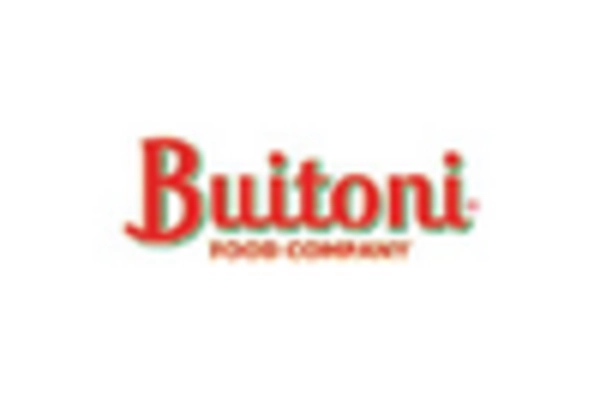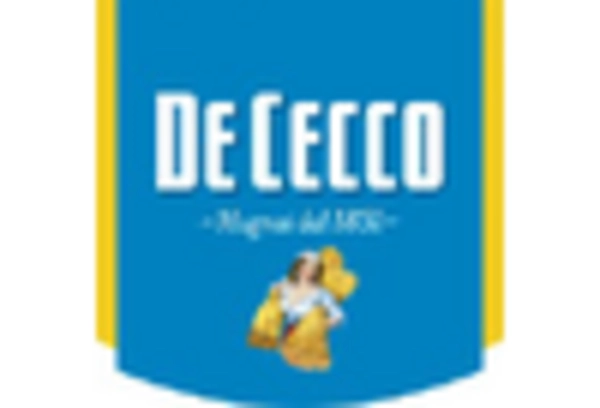Market Share
Fresh Pasta Market Share Analysis
In the dynamic landscape of the Fresh Pasta Market, companies employ various market share positioning strategies to gain a competitive edge and capture a larger portion of the consumer base. One common approach is differentiation, where companies focus on creating unique and distinctive offerings that set them apart from competitors. This could involve introducing innovative flavors, using high-quality ingredients, or incorporating specialized production techniques. By providing something distinct, companies aim to attract a niche segment of consumers who value these unique features, thereby securing a portion of the market share.
Price positioning is another crucial strategy in the Fresh Pasta Market. Some companies opt for a cost leadership approach, aiming to offer products at lower prices than their competitors. This strategy appeals to cost-conscious consumers and helps companies attract a larger customer base. On the other hand, premium pricing is employed by companies that position their fresh pasta as a premium or luxury product, emphasizing superior quality and exclusivity. This strategy targets a specific segment of consumers willing to pay a premium for a perceived higher value.
Geographical positioning is a strategy where companies focus on specific regions or markets. This could involve tailoring products to suit local tastes and preferences or strategically locating production facilities to reduce transportation costs. By understanding and catering to the unique demands of different regions, companies can effectively secure market share in specific geographical areas.
In the Fresh Pasta Market, brand positioning plays a pivotal role. Building a strong and positive brand image helps companies establish trust and credibility with consumers. This can be achieved through consistent product quality, effective marketing campaigns, and a commitment to sustainability and ethical practices. A well-positioned brand not only attracts new customers but also fosters loyalty, contributing to a stable market share over time.
Collaboration and partnerships are becoming increasingly popular strategies in the Fresh Pasta Market. By teaming up with complementary businesses or influencers, companies can leverage existing networks and customer bases to expand their reach. This strategy allows for cross-promotion and access to new customer segments, ultimately boosting market share.
Additionally, digital and e-commerce strategies are gaining prominence in the Fresh Pasta Market. Companies that invest in online platforms, digital marketing, and e-commerce capabilities can reach a broader audience, especially in today's technology-driven era. This approach not only enhances accessibility for consumers but also opens up new avenues for market expansion.
Continuous innovation is vital for companies aiming to maintain or increase their market share in the Fresh Pasta Market. Whether through product development, packaging innovation, or process enhancements, staying ahead of consumer trends and preferences is crucial. Companies that invest in research and development can introduce new and improved products, ensuring that they remain competitive and relevant in a rapidly evolving market.









Leave a Comment